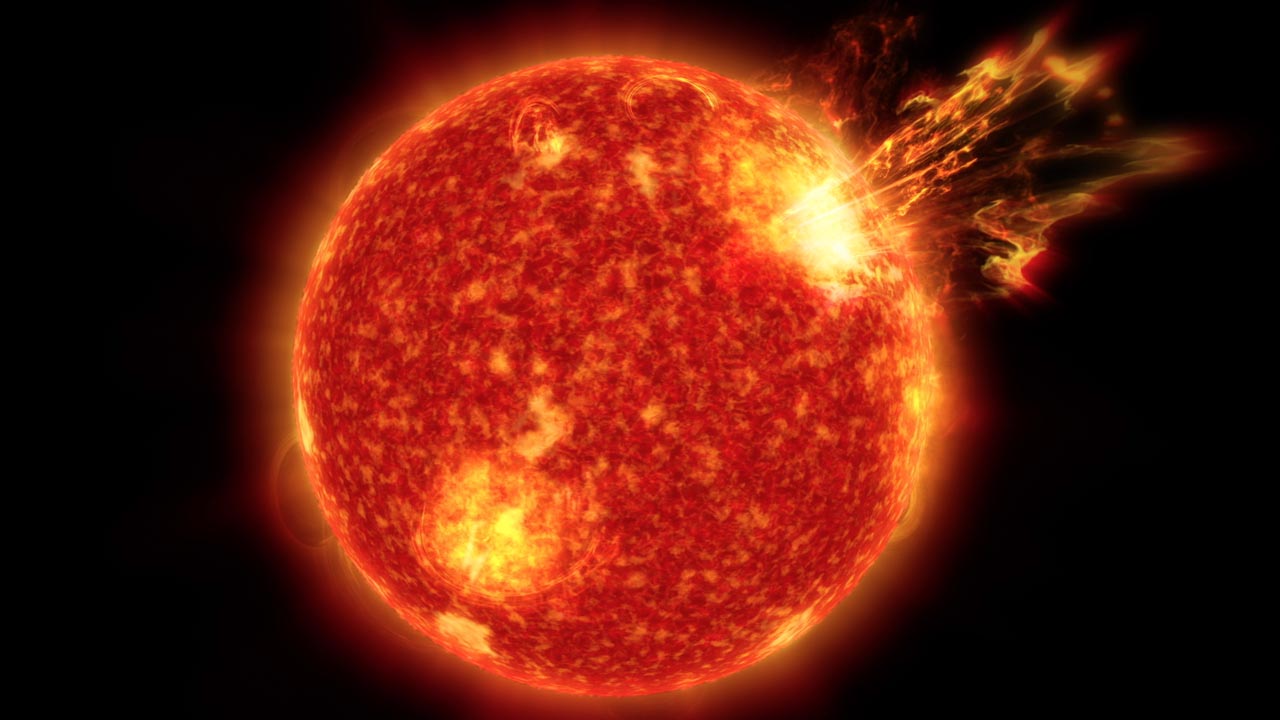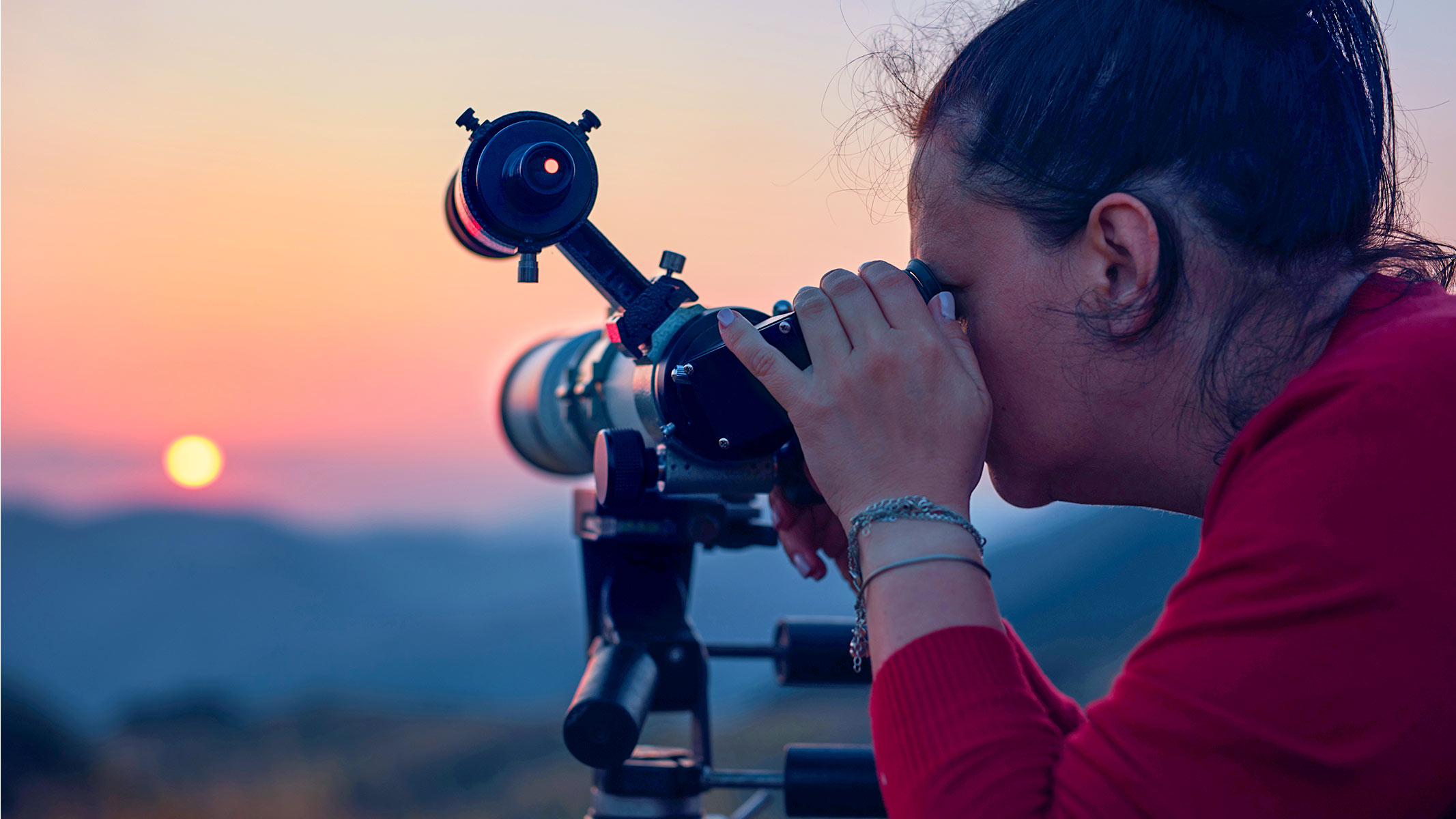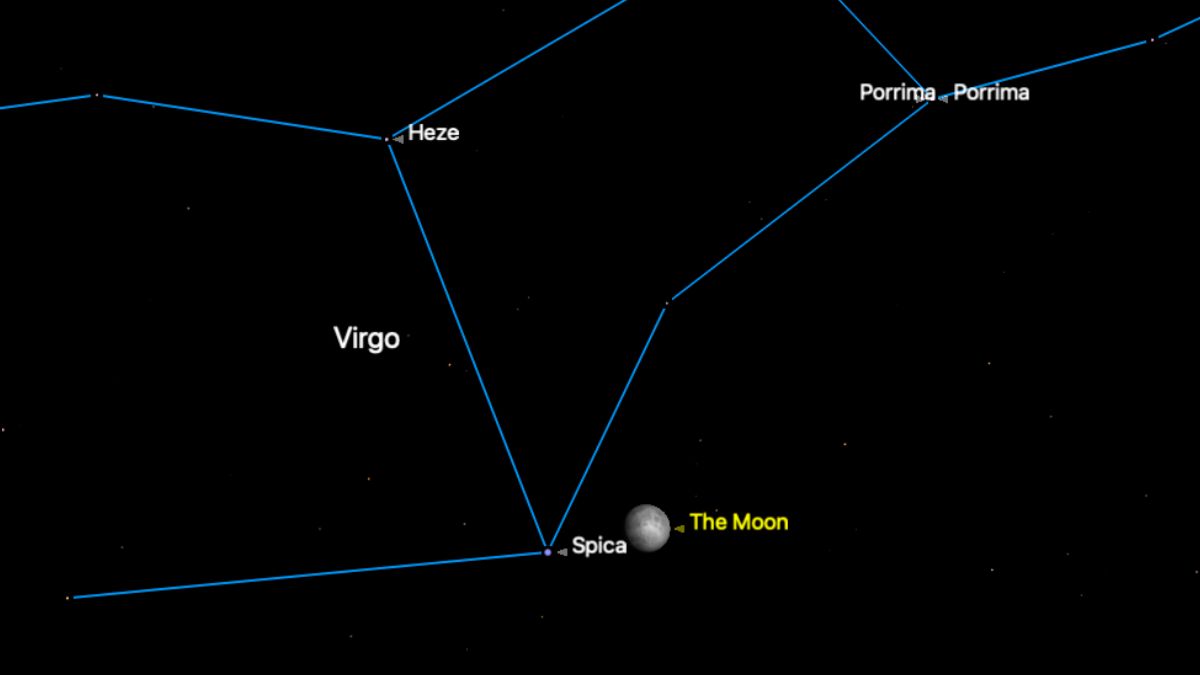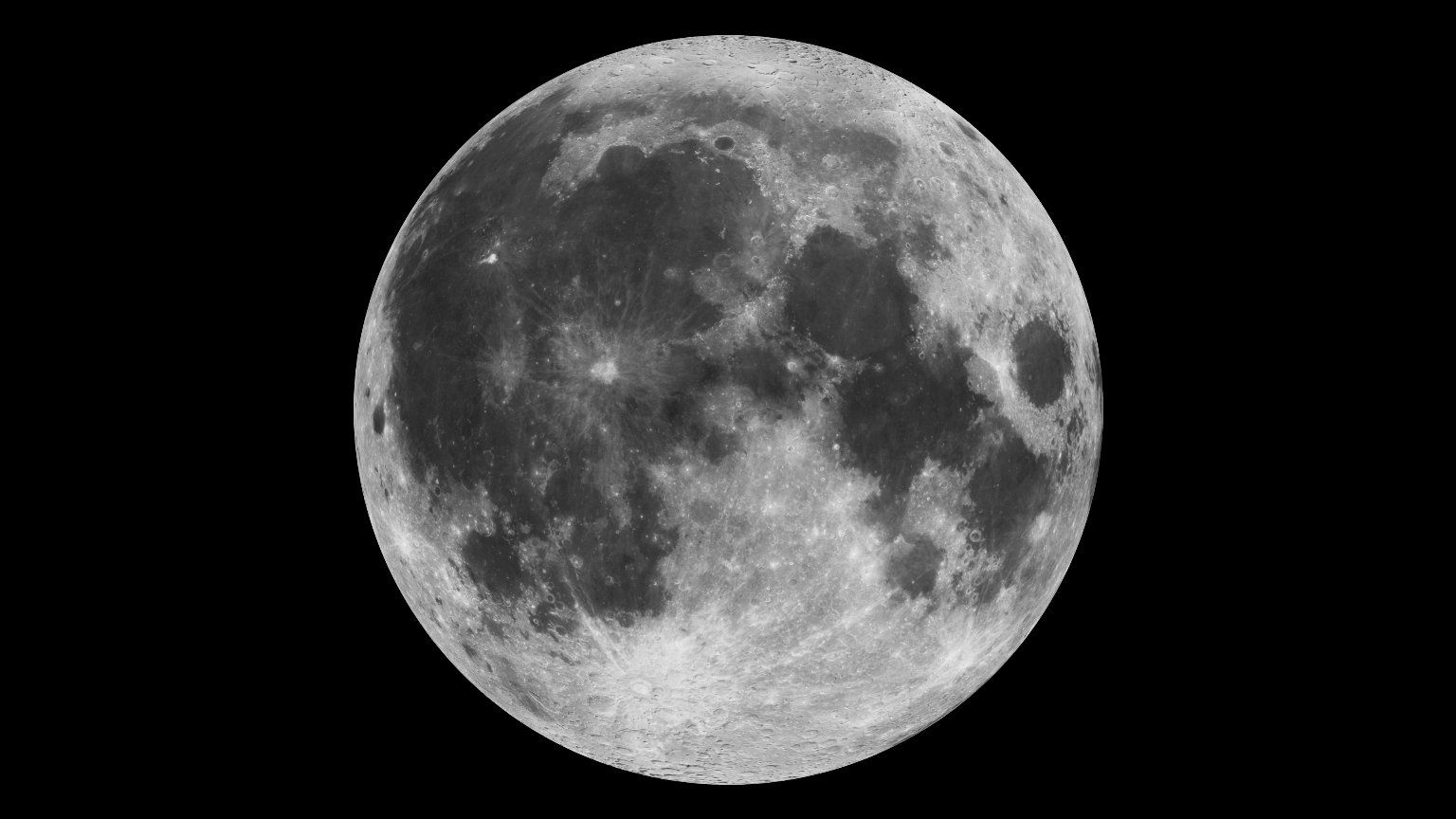This transforming NASA rover can go places others could only dream of
A new "transforming" rover in development at NASA will be able to explore rough terrain unlike any rover before it.
DuAxle (short for dual-Axel) gets its name because it’s made of a combination of a pair of two-wheeled Axel rovers. The Axel rover is a simple, two-wheeled rover with a long tether that connects to a larger vehicle and stabilizes the rover as it descends into and explores craters that other rovers would not be able to handle. The Axel is equipped with a robotic arm that can collect samples, as well as stereoscopic cameras to gather imagery.
DuAxel combines two of these innovative rovers, with the back end acting as an anchor and the front end detaching to explore rough terrain. When DuAxel finds a crater, pit, scarp, vent, or other extreme terrains, it can stop, lower its chassis and anchor itself to the ground before separating into two parts. The back half of the rover stays put and the front half separates, using a long tether to stay connected to its anchor and maintain stability while exploring. The front half can then be reeled back in when it's finished.
Red Planet Express: 10 Ways Robots Move on Mars

Last fall, engineers from NASA’s Jet Propulsion Laboratory put the rover to a test in the Mojave Desert. "DuAxel performed extremely well in the field, successfully demonstrating its ability to approach a challenging terrain, anchor, and then undock its tethered Axel rover," Issa Nesnas, a robotics technologist at JPL, said in a NASA statement.
Axel, the front half of the rover, managed to maneuver around steep and rocky slopes just as the team expected.

While the two-wheeled Axel offers greater flexibility in exploration, the traditional four wheels on a space rover are essential for traversing large swatches of land in a short amount of time. And so, Nesnas and his team began developing a version of Axel that could be tethered to a lander. But, they soon learned that tethering to a lander created the great disadvantage of having to be incredibly accurate in landing precision. The Axel rover would have to be within propelling distance from the crater scientists wanted to explore.
Get the Space.com Newsletter
Breaking space news, the latest updates on rocket launches, skywatching events and more!
And so, DuAxel was born. “The key advantage of DuAxel is made clear when you have landing site uncertainty, such as we do on Mars, or you want to move to a new location to rappel and explore with Axel,” Patrick Mcgarey, a robotic technologist at JPL and DuAxel team member, said in NASA’s statement. Essentially, he said, DuAxel is a transforming robot made for planetary exploration.
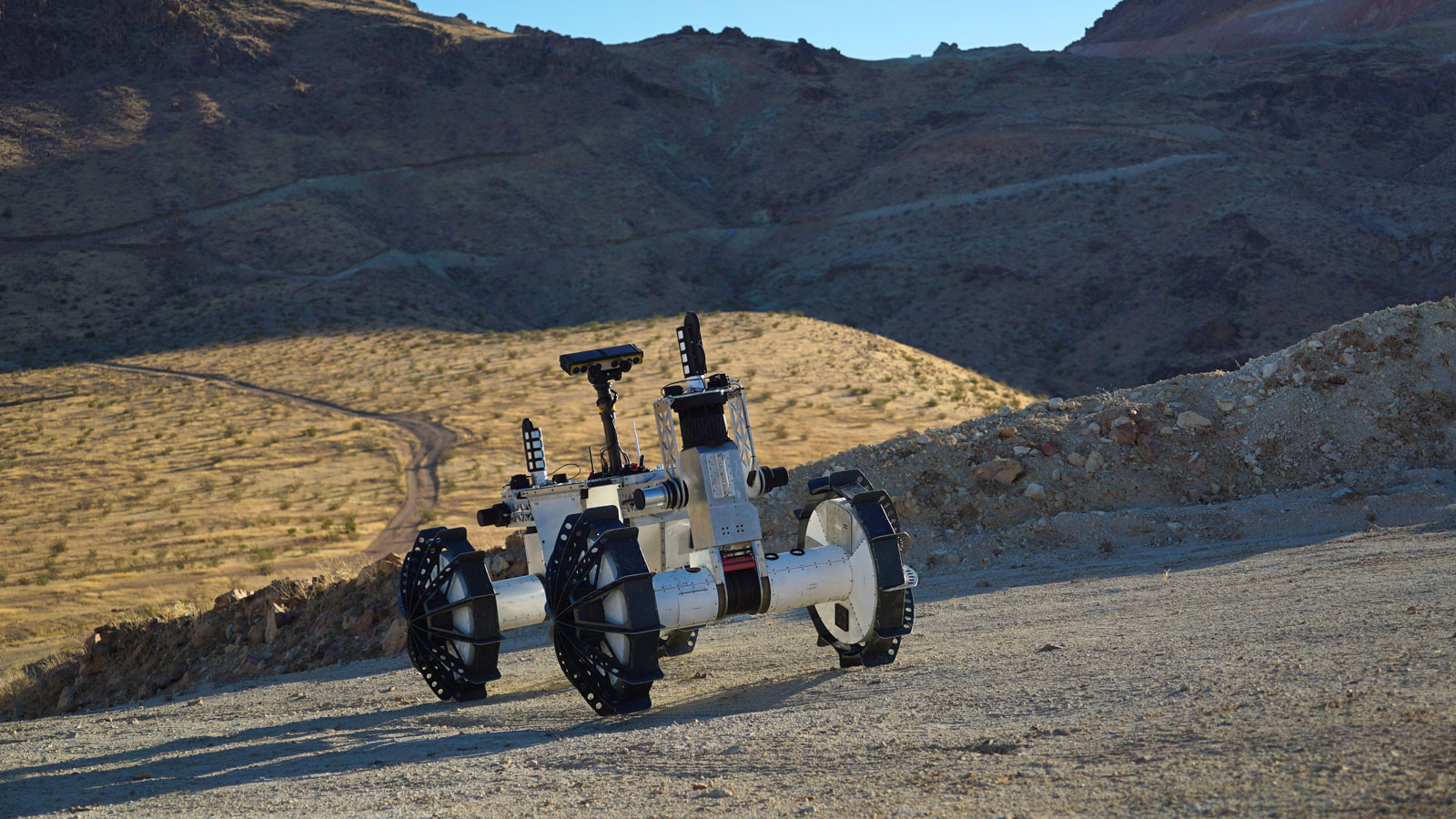
While DuAxel was mainly created with Mars in mind, the robot opens access to many more extreme terrain that hasn’t yet been explored in the solar system — possibly the moon, Mercury, and even some icy worlds like Jupiter’s moon Europa, Nesnas said.
Laura Kerberr, a planetary geologist at JPL, said she finds the Axel rover to be "quite delightful." Instead of safeguarding itself against dangers like falling or flipping over, as previous rovers have done, DuAxel is designed to withstand them.
The rover hasn’t yet been put to the test in space, but is currently waiting to be assigned a destination. As they wait, the DuAxel team continues to hone and update its technology.
Follow Kasandra Brabaw on Twitter @KassieBrabaw. Follow us on Twitter @Spacedotcom and on Facebook.
Join our Space Forums to keep talking space on the latest missions, night sky and more! And if you have a news tip, correction or comment, let us know at: community@space.com.

Kasandra Brabaw is a freelance science writer who covers space, health, and psychology. She's been writing for Space.com since 2014, covering NASA events, sci-fi entertainment, and space news. In addition to Space.com, Kasandra has written for Prevention, Women's Health, SELF, and other health publications. She has also worked with academics to edit books written for popular audiences.



